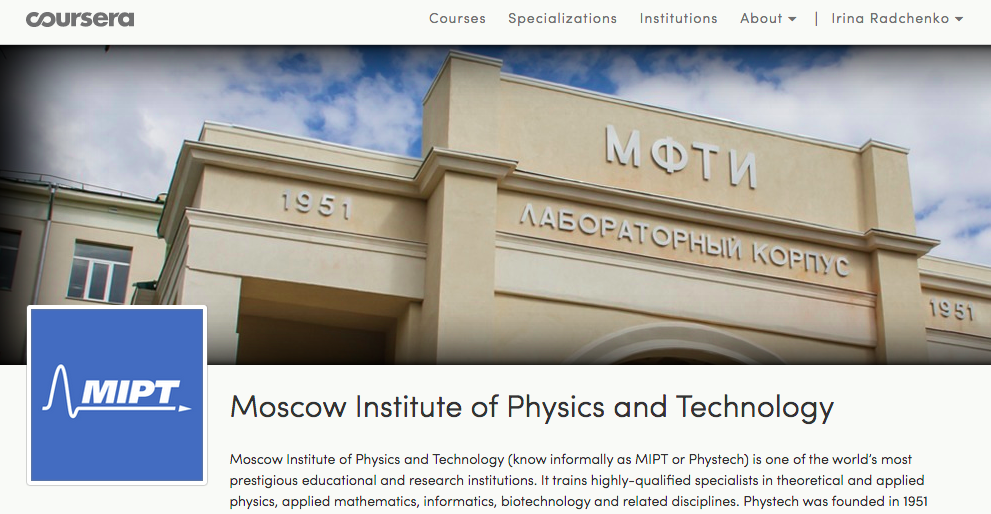The Technology Source Archives Drafting a Faculty Copyright Ownership Policy
Post on: 16 Март, 2015 No Comment

ts.mivu.org/) as: Laura N. Gasaway Drafting a Faculty Copyright Ownership Policyts.mivu.org/default.asp?show=article&id=1034. The article is reprinted here with permission of the publisher.
Is a Policy Necessary?
The Process
Such broad involvement means that the drafting group will necessarily be large. Existing governance processes (such as faculty senate committees) may not provide a sufficiently broad group to represent all concerned parties; concerned parties also include faculty, staff, students, librarians, administrators, technology transfer staff and legal counsel. However, faculty members should comprise the bulk of the membership of the drafting group. This reduces the likelihood that faculty will think that the administration or legal counsel is forcing them to adopt a new policy, and it gives dominant representation to the primary group affected by an ownership policy. The faculty should represent various academic disciplines in order to reflect the broadest range of faculty-created works.
Before actual drafting can begin, issues should be discussed and decisions reached about the underlying assumptions in the policy. For example, will the default policy be faculty ownership or university ownership? Regardless of the default, there are certain factors that will likely dictate another ownership model for certain types of works. These factors should be identified. If the drafting group can work with a larger group of interested parties to hammer out the issues and the positions that the policy should take prior to drafting, the job will be much easier.
Contents of the Policy
Faculty Ownership vs. Institutional Ownership: Pros and Cons
Even within the tradition of faculty ownership, there may be circumstances in which the university should own the copyright. For example, if the university has invested exceptional or substantial resources in the creation of a work, it may insist upon owning the work. Often this is restricted to works that have been commercialized and have produced significant royalty income. In these situations, the institution may require the faculty member to notify the university that the work has been commercialized, and may insist that royalties be shared with the institution. Alternatively, if the faculty member owns the copyright, the university may require reimbursement for the expenditures along with a shop right—a nonexclusive, nontransferable, royalty-free license to continue to use the work within the institution for educational and research purposes. Some ownership policies focus on the extent to which university resources were used to create the work; if that use is deemed out of the ordinary, then the university owns the work.
The terms exceptional, significant, and extraordinary have all been used in various policies to define when use of resources is beyond the ordinary. However, defining what constitutes more than minimal or reasonable use of resources is difficult; for larger institutions, this may have to be done department by department, since what is exceptional in one department may be normal in another. Significant resources might include release time from normal academic duties, exemptions from fees for use of equipment and space, or direct grants from the institution for the production of the work. Ordinary use of equipment, telephone and fax, space, library resources, and ordinary use of secretarial and other staff assistance are not likely to qualify as exceptional. The policy also should permit faculty to negotiate with the appropriate academic administrator, such as a department head, concerning what resources will be considered exceptional to produce a given work.

Default Policies: Collaborative Work and Joint Ownership
There are other policy issues that are particularly complicated. For example, when the research that produces a copyrighted work is funded by a grant or contract, the terms of the grant prevail. It may specify that the work remain in the public domain or that the institution must hold the copyright. If the funding authority is silent with regard to ownership, then the policy should have a default either to the faculty member or to the institution. When a copyrighted work is created jointly by a faculty member and a staff person, or through faculty and student collaboration, ownership issues are complex and the policy should specify ownership rights.
One final complicated issue arises when many collaborators work on a project, such as a laboratory manual created over time by several faculty members, staff, and so on. Multiple collaborators may mean that the university or college should own the copyright, since the institution likely directed and controlled production of the work.
Implementing a New Ownership Policy
After approval of the policy through the normal policy approval channels, the institution should allow some time before the policy becomes effective so that it can educate the community about the new policy and establish the essential dispute resolution mechanisms. This will be particularly important if the new policy represents a substantial change over the prior policy or if there was no previous policy at all. Giving ample lead time before the ownership policy becomes effective should reduce uncertainty about the policy and its application.
Conclusion
[Editor’s note: This paper is modified from a presentation at the 2001 EDUCAUSE conference in Indianapolis, CA.]
View Related Articles >














